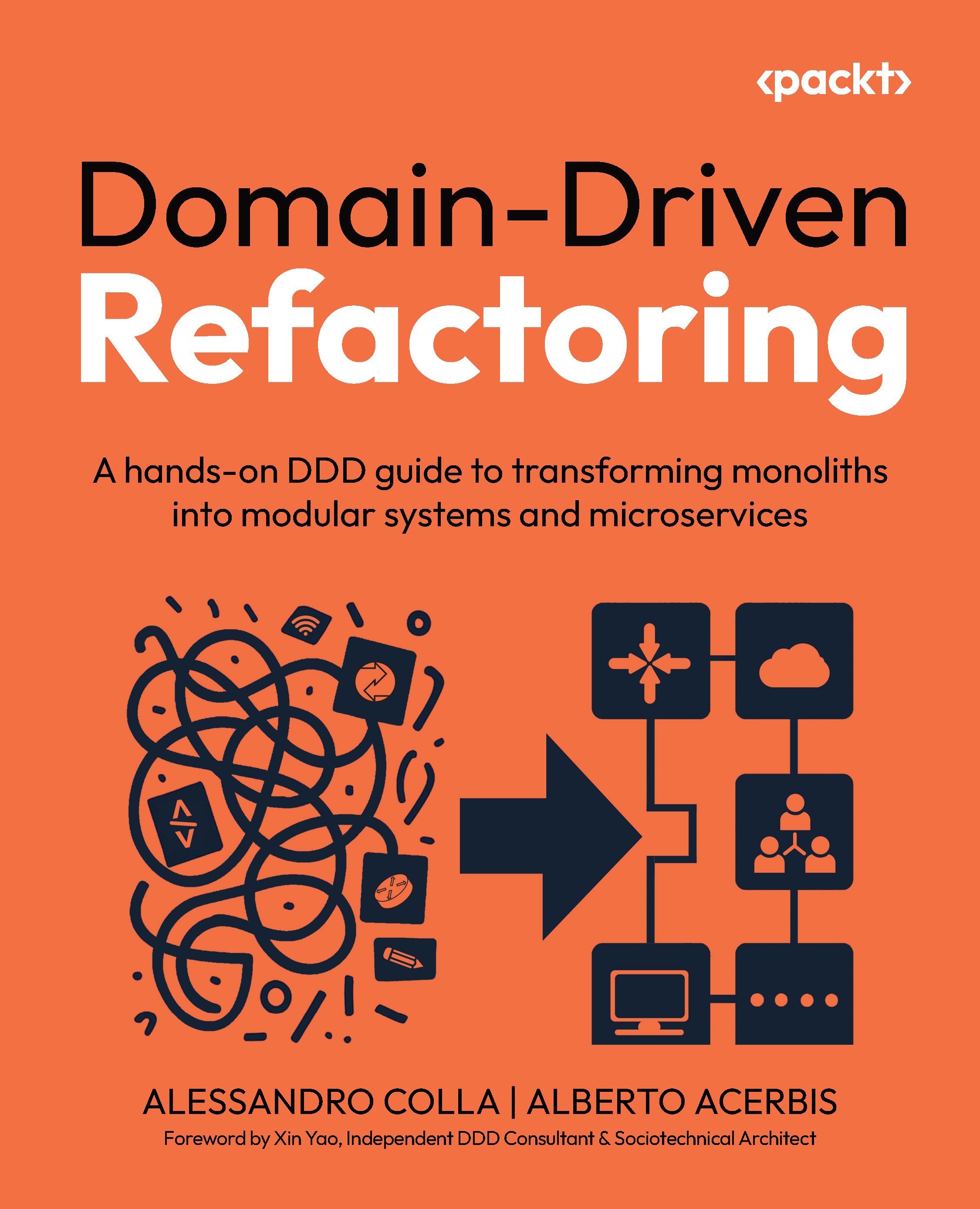Testing and deployment
As we transition to a modular architecture, testing and deploying the database becomes critical in ensuring that refactored services and their data schemas function correctly and remain resilient. In a distributed system with a refactored database, this process is more complex than in a monolithic setup. Each module’s data is now independently managed and synchronized, requiring careful testing for consistency, reliability, and performance across services. Deployment practices must also ensure smooth updates without downtime or data loss.
Keep in mind that testing a distributed database in a modular architecture involves validating both the data integrity and the behavior of services that interact with it. With each bounded context now managing its own data, testing must account for consistency, failover handling, and compatibility.
Testing strategies
So, let’s look at some strategies for effectively testing and deploying the database...
































































